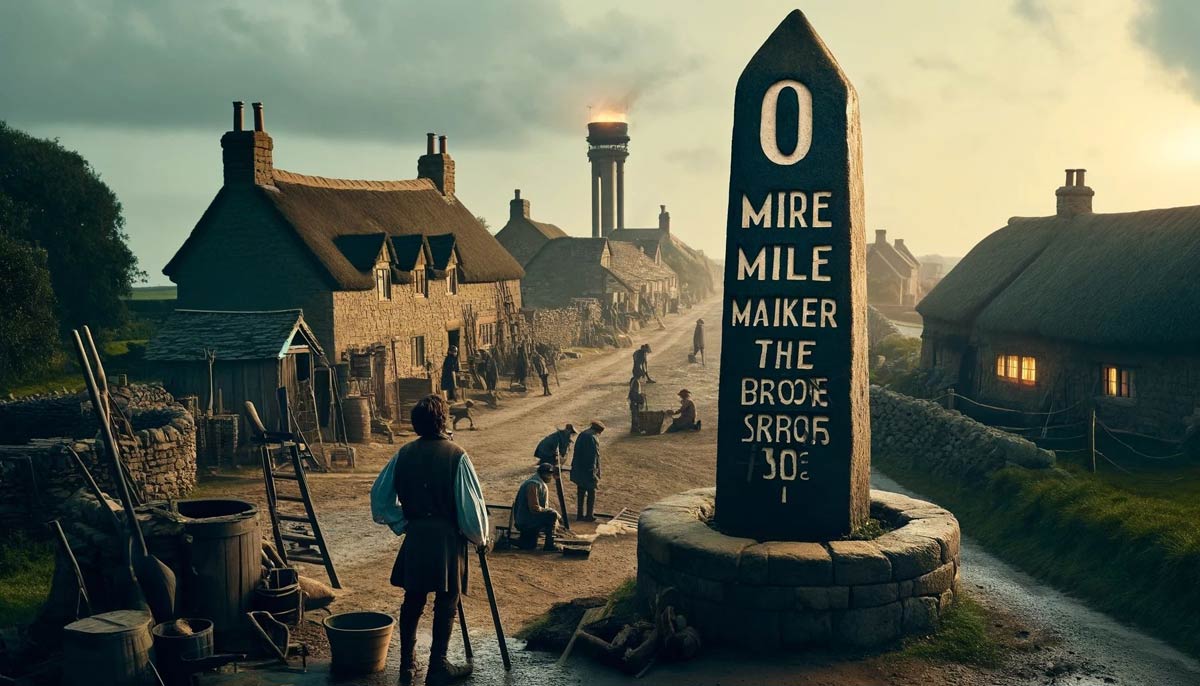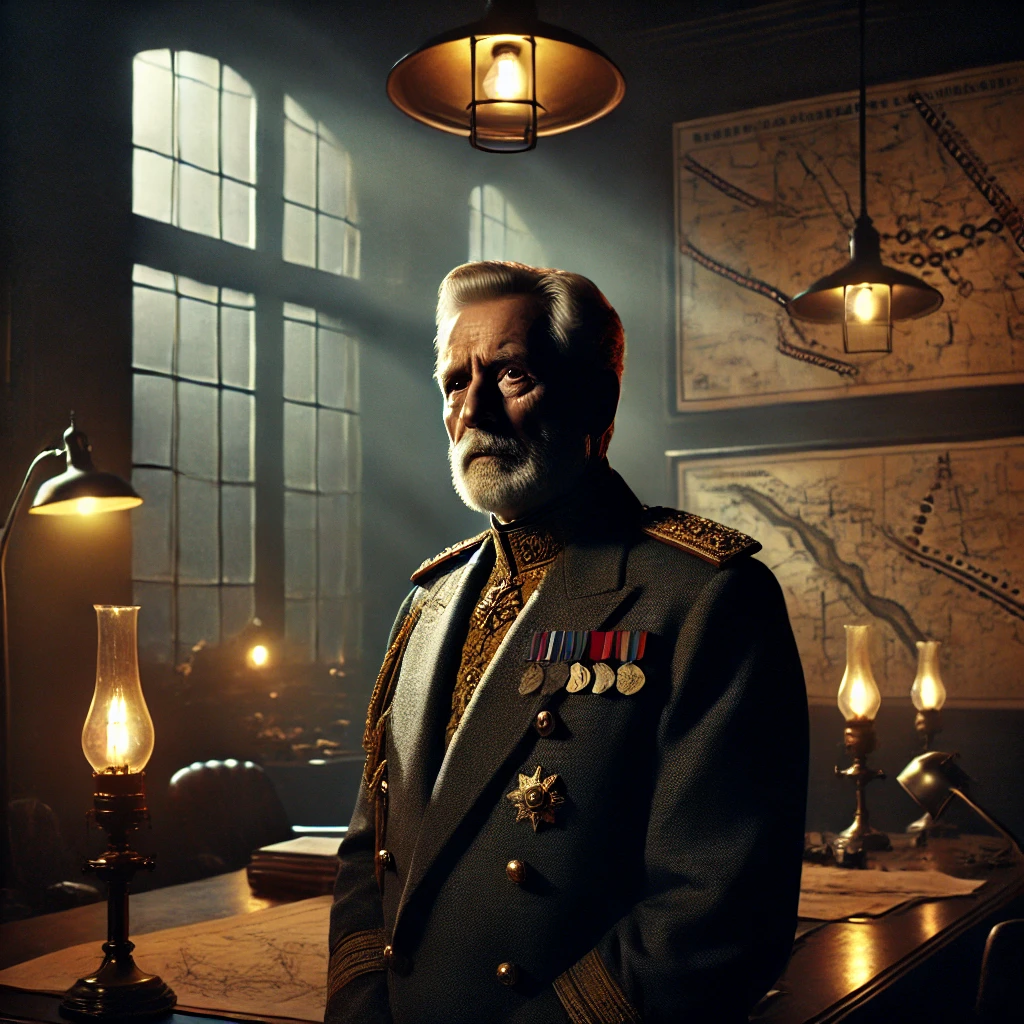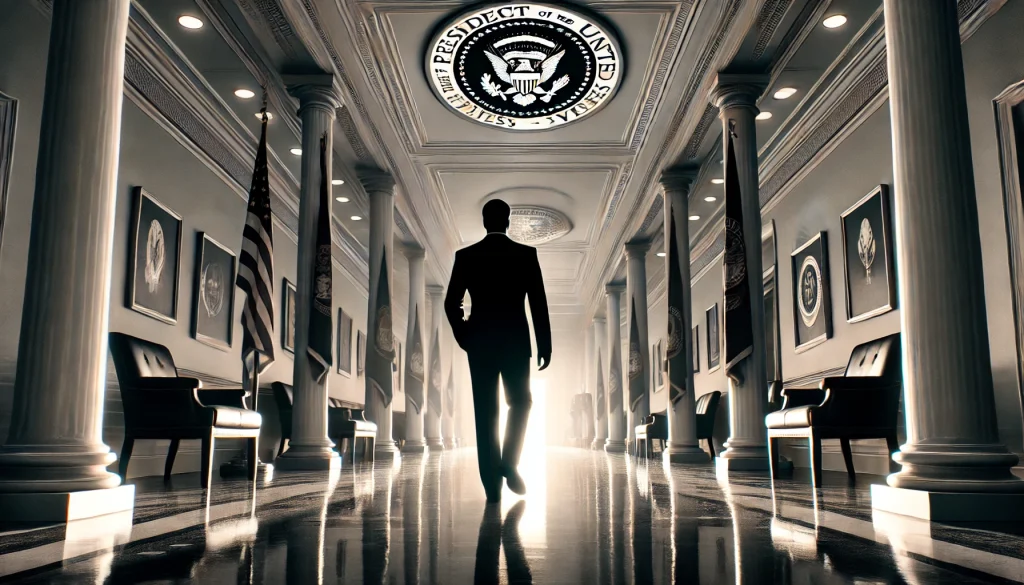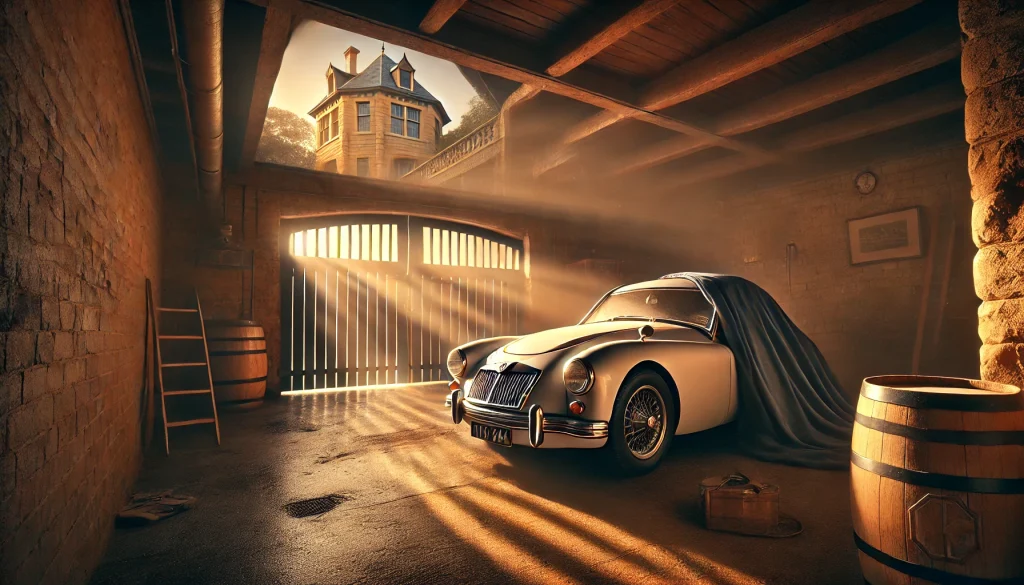Cast in Time Book 2, introduces readers to the protagonist’s struggle to modernize his barony, driven by knowledge from his previous life. The chapter masterfully blends technical innovation with humor and intrigue, while laying the groundwork for the protagonist’s grander ambitions.
The mile markers, starting with the towering “zero-mile” marker, which humorously becomes known as the “Baron’s Prick,” serve as both a practical tool for mapping and a symbol of his growing power. This effort to modernize the Barony by implementing systems for land surveying and mapping, all aimed at preventing the “tragedy of enclosure,” reflects a deep concern for fairness and long-term stability. The zero marker becoming infamous among locals adds a layer of human folly to these grand endeavors, highlighting how even serious work is subject to local quirks and jokes.
The introduction of historical technologies, such as the ram pump and water-powered air compressors, brings a fascinating twist. These innovations hold strategic value, allowing for more efficient production in glassmaking and metalwork, and ultimately empowering the protagonist to raise water and generate compressed air without electricity. His ability to recall these technologies from books he’d read in his previous life emphasizes his mental library’s importance in shaping his new world, where every bit of knowledge can translate into a practical advantage.
The dynamics of the protagonist’s “brain trust” add both warmth and complexity to the narrative. Eleanor, his wife, and their close advisors—ranging from Abbott Luke to Father Timothy—are essential to his mission. Eleanor’s curiosity and playful banter balance the chapter’s heavy technical descriptions. Her teasing during the Venturi effect demonstration underscores a dynamic relationship where both intellect and affection coexist. The protagonist’s use of simple, hands-on demonstrations to explain technical concepts reflects both his intelligence and his ability to teach, a skill critical to inspiring loyalty and understanding among his peers.
The narrative also touches on the protagonist’s quiet frustrations, particularly his struggles with the pace of progress and unexpected delays at the leather works. His efforts to introduce compressed air to increase efficiency in industries like glassmaking and metalwork underscore a visionary leader’s constant balancing act between dreams and the messy realities of innovation.
The glassblowing section of the book is another layer of this technical expansion. Here, we see how knowledge that was once dormant in his mind suddenly becomes crucial to improving local industry. This also ties back to the central theme of knowledge as power—especially knowledge pulled from his former life. The protagonist’s ability to introduce these new methods not only increases productivity but also furthers his economic control and strategic advantage. The glasshouse, with its specialized tools and techniques, becomes a microcosm of the protagonist’s broader plans to revolutionize his barony’s economy and technological infrastructure.
Ultimately, “Baron of the Middle Counties” presents a rich tapestry of ideas—from land surveys to industrial advances—while subtly weaving in personal elements like the love between the protagonist and Eleanor, as well as his relationships with his trusted advisors. It’s a book that sets the stage for the protagonist’s ongoing quest to balance innovation, personal bonds, and the looming challenges of building a lasting legacy. There are greater challenges ahead—both in terms of technology and the growing attention his efforts will draw from the outside world, hinting at the conflict between secrecy and the inevitable spread of his discoveries.




